Comfrey has a wide range of uses including herbal medicine (salves, tinctures, compresses), livestock feed (horses, cows, donkeys, sheep, goats, chickens, rabbits, and pigs all love it!), and the making of compost and plant feed concentrates. It is a favorite treat of our chickens and rabbits. Comfrey has historically been used to heal wounds and broken bones. There are several types of comfrey available, but only two (Bocking 4 and Bocking 14) that do not produce seed (and thus do not become a tenacious weed). Be careful about tilling a comfrey bed or plant though. Each little piece of any variety will become a new plant. Bocking 14 >Slightly higher medicinal properties >More spreading, shallow root structure ideal for areas of shallower soils, shallow water tables, or growing in large pots
Features
- Opt for the non-invasive Bocking 14 comfrey cultivar
- Bocking 14 is ideal for nutrient-rich tea or compost (NPK 1.8/0.5/5.3), accumulating iron, silicon, nitrogen, potassium, calcium, magnesium, and trace minerals.
- Save on animal feed–comfrey is a global fodder with 26% protein in dried leaves. Fresh or wilted, it’s beneficial. Unique in harvesting B-12, comfrey offers savings, especially with our organically grown, disease, and pest-free Marsh Creek Farmstead comfrey roots.


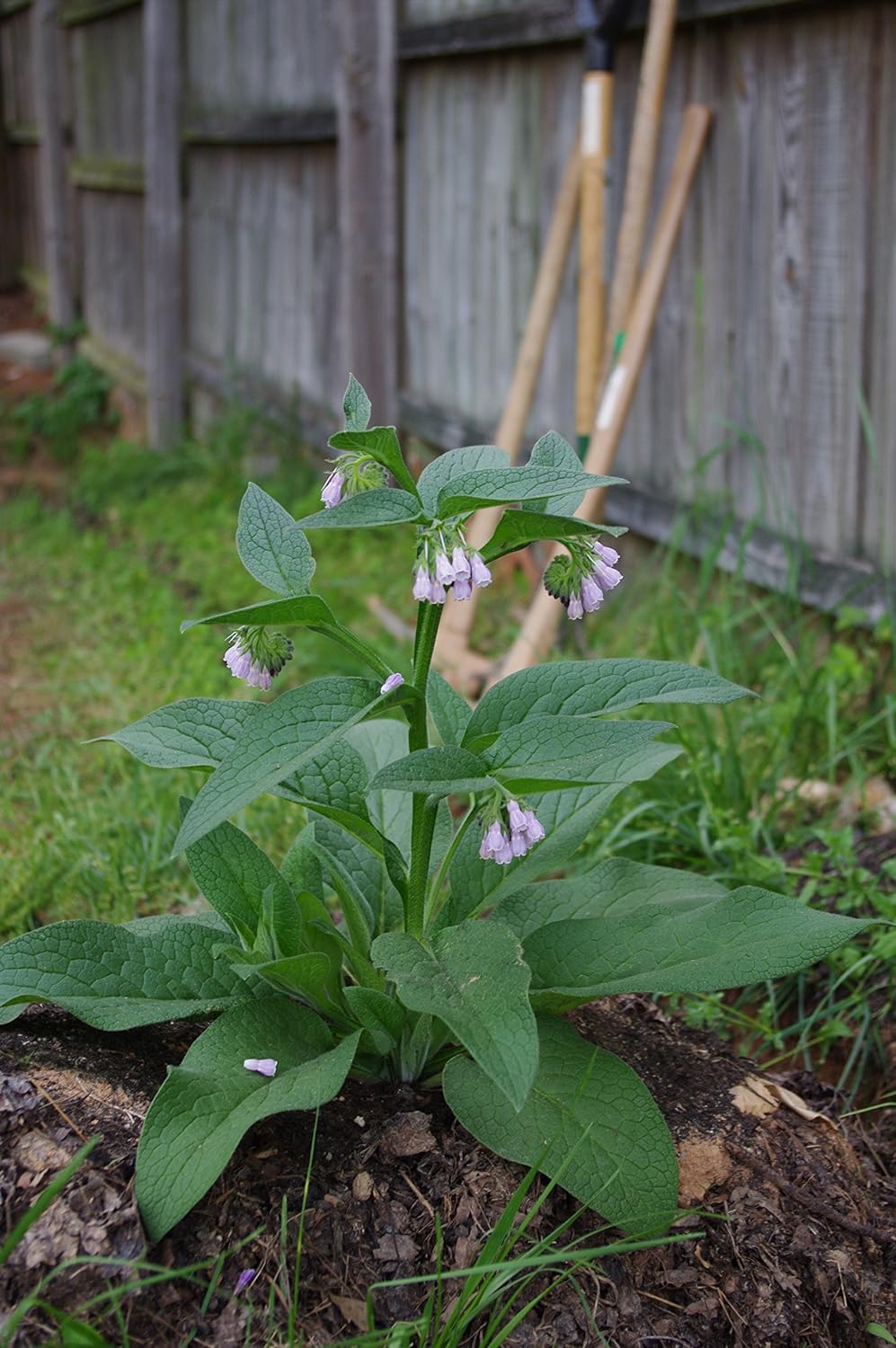
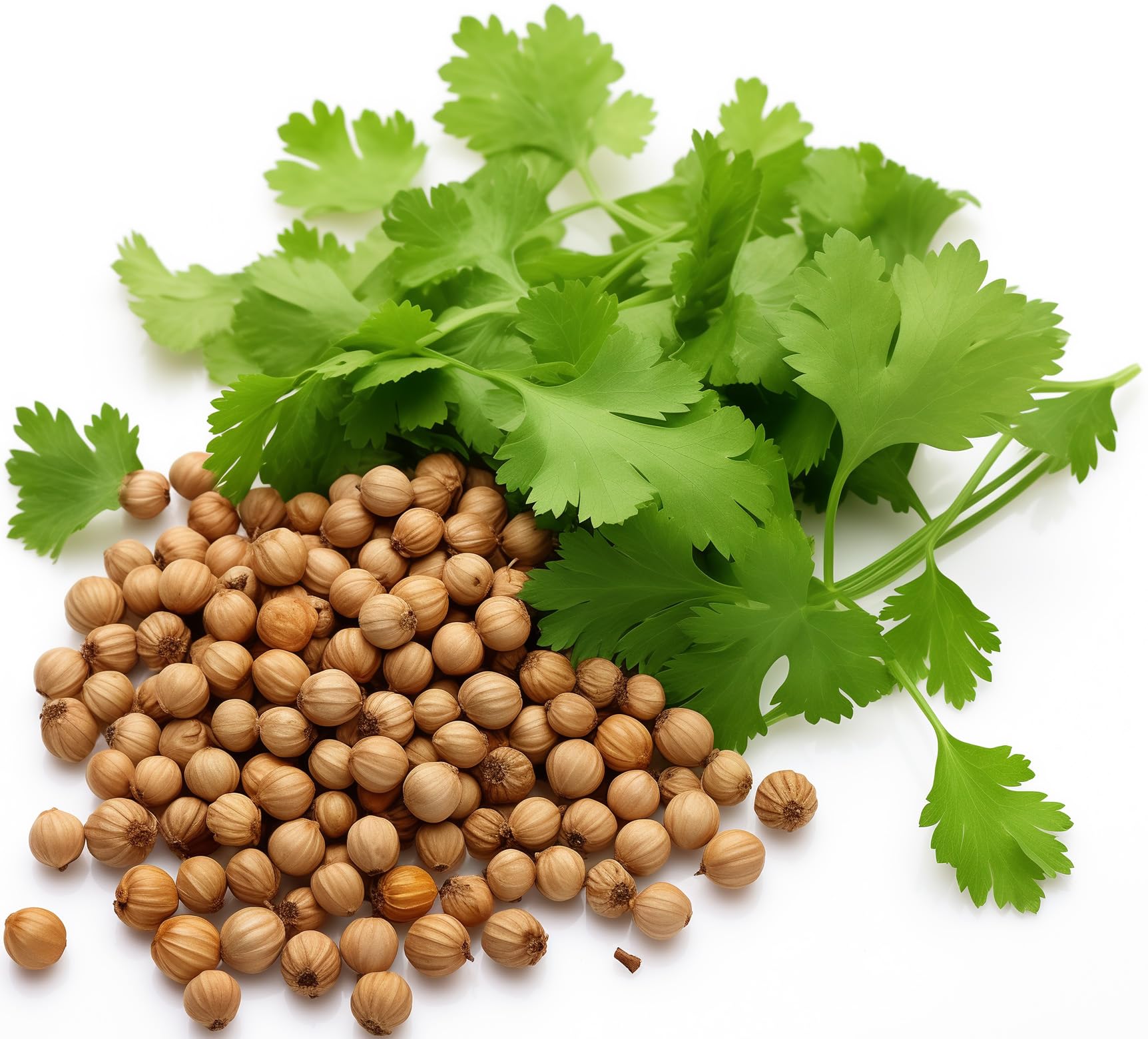
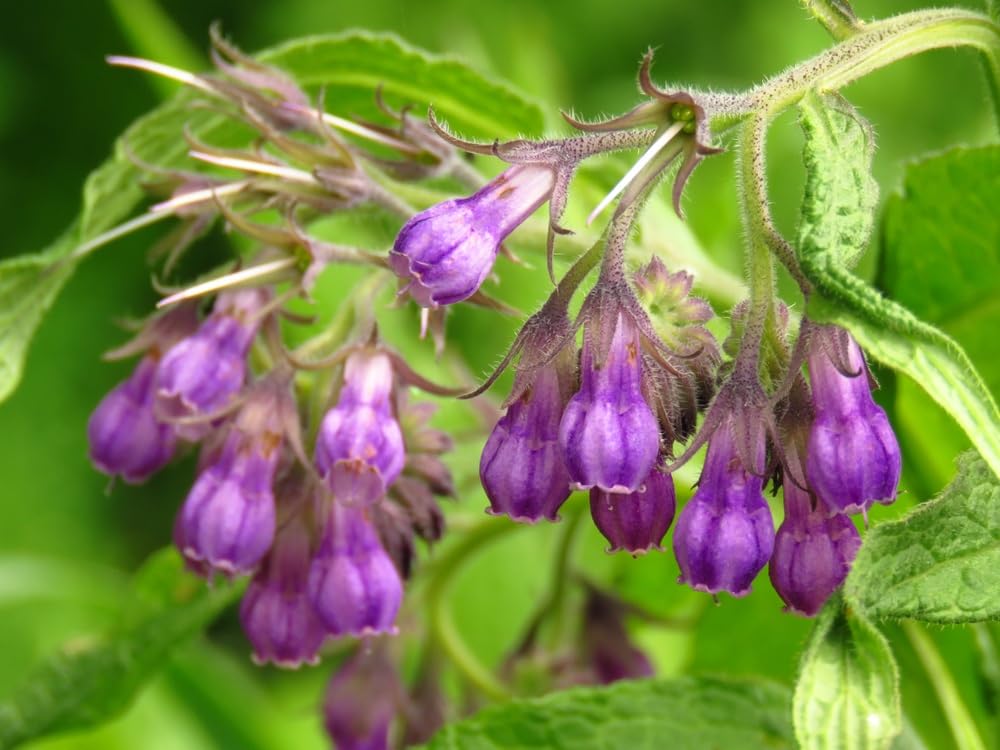
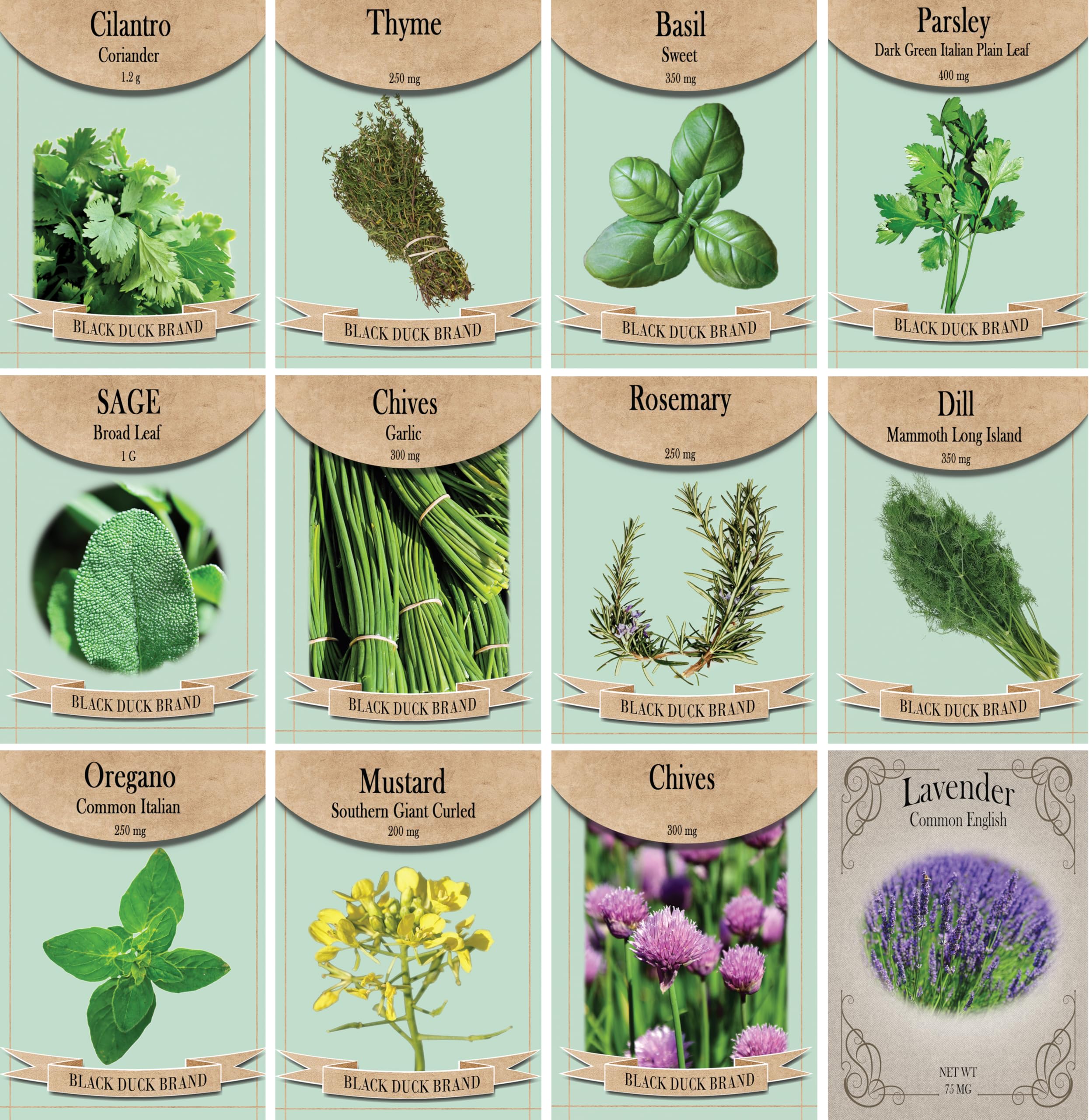
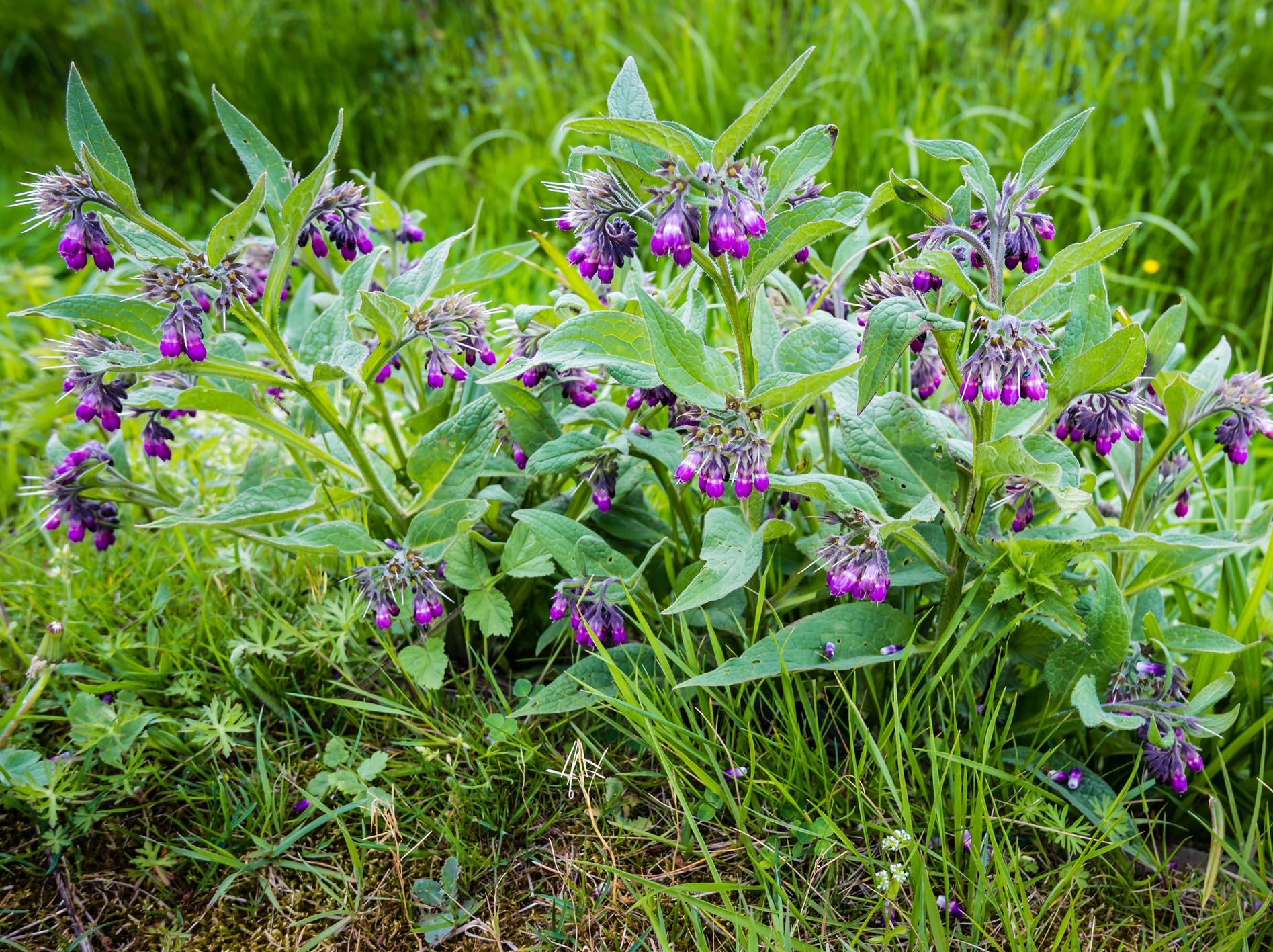
Reviews
There are no reviews yet.